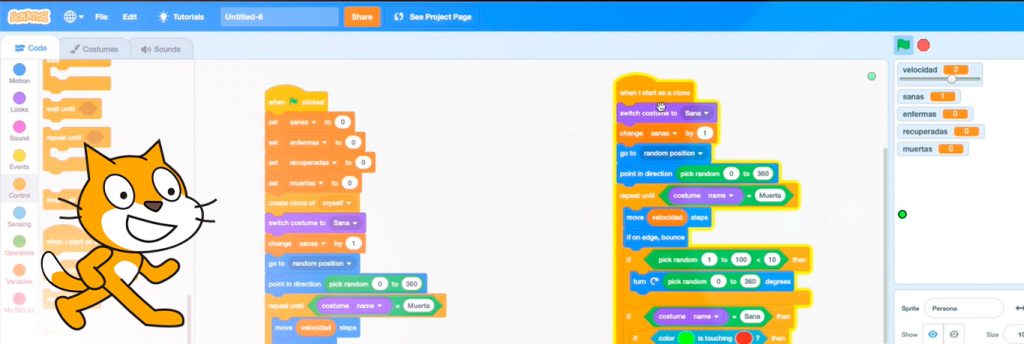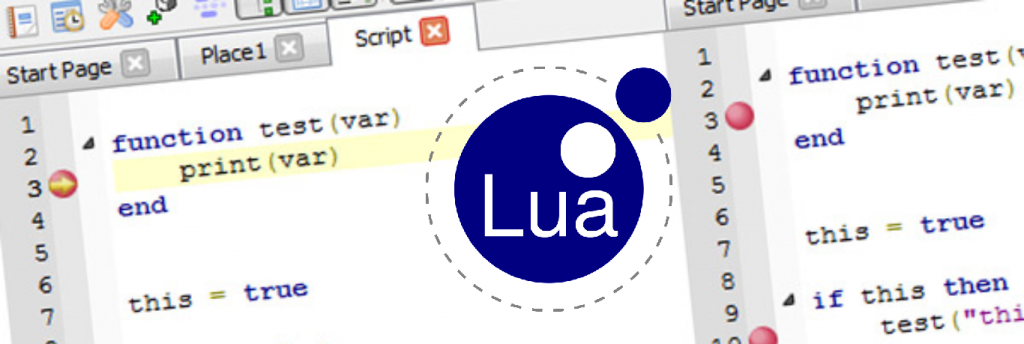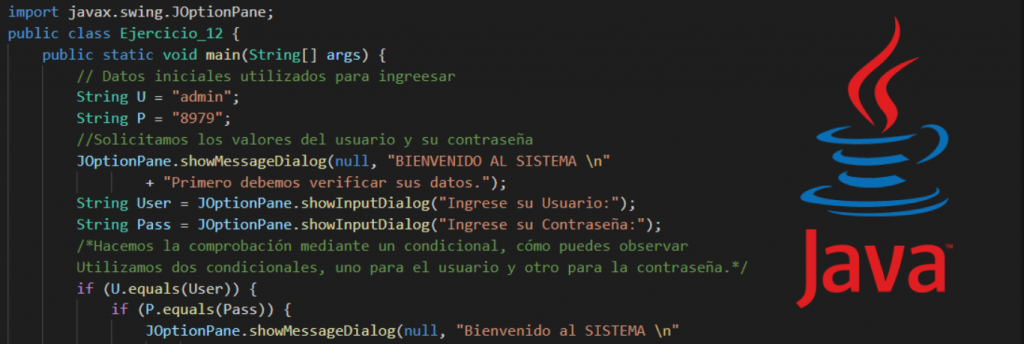Since technology has become present in our lives, dominating coding languages has become a need for adults and children. Indeed, programming for youngsters is turning into an undeniably necessary subject. Learning how to code at a young age can genuinely set your kid up for success. They don’t just develop basic coding skills, but skills for the rest of their life.
Today, even kindergartners can start exploring different coding languages that fit their age needs. Learning code abilities at a young age will impact their development in STEM, and so forth, in their future careers. Also, studies have shown that coding reinforces skills like problem solving, logic, creativity and critical thinking.
A parent’s guide to coding languages
Programming is the language of the future and learning how to effectively use it is easier than it looks. First of all, you should know that there are a huge amount of coding languages for kids to start with. Scratch, Java, Python, some forms of JavaScript, and Lua are probably the best, and most known, coding languages to begin with for kids.
In any case, each coding language has its own working framework, style and expected use. But in general, these languages show kids how to track down an answer for an issue using an arrangement of steps, activities or directions.
Generally, children tend to quickly become familiar with coding languages designed for them. Kids learn better through visual boost and this is the reason why graphical programming programs turn out better for beginners. Once children understand fundamental coding concepts, they can move to text-based programming languages (line coding) and learn the syntax of various programming languages.
But, how to choose the best coding language for your child?
It might be hard to decide the best way to introduce your child to code. That’s why we made our top 3 of what we consider the best coding languages for kids! Check it out with us, and feel free to ask us any questions you have to help you choose the best coding class for your child.
Scratch
Scratch is a free educational programming language developed by Mitch Resnick and patented by the Lifelong Kindergarten Group at the Massachusetts Institute of Technology (MIT). Learning to code with Scratch is easy for kids because of it’s intuitive, easy-to-use visual block interface. This makes it an amazing starting point for kids to start connecting with code.

The simplification of the process of designing games and creating stories and their big online community makes Scratch the perfect coding language to introduce your child to code from ages 6 to 16.
Lua
Lua is the perfect coding language to introduce children to text-based code since it’s easy to learn, use, and embed into applications. The power of Lua coding is that with a beginner-friendly language, it introduces simple concepts that can turn into greater creations.

In addition to its simplicity and efficiency, Lua is used by Roblox which is a game platform adored by kids. Learning to code with Lua in Roblox, allows kids to create exciting and fun games that they can share with all their friends.
Java
Java is one of the most used coding languages in the world. Gmail, by Google, and Twitter, for example, were created in Java, as well as one of the most popular computer games nowadays: Minecraft! If your child is into Minecraft, Java can be a great programming language to create with.

Java gives a richer insight of coding as it’s designed to continue developing over the years. Although it’s harder to learn because of its variables, Java catches children’s excitement as it is widely used to make video games and mobile apps. It is also a great entry level object oriented programming language, typically focused on CS programs later in school. Its scalability makes it perfect for kids from 10 to 16.
These days, learning to code is a priceless and useful skill for kids. Understanding how something works, how to solve problems and being able to create new scenarios has a myriad of benefits for budding young programmers.. Regardless of the age of your child, there’s a perfect coding language they can start exploring to open a world of opportunities. Do you have any questions, comments, or suggestions? If so, we’d love to hear from you!